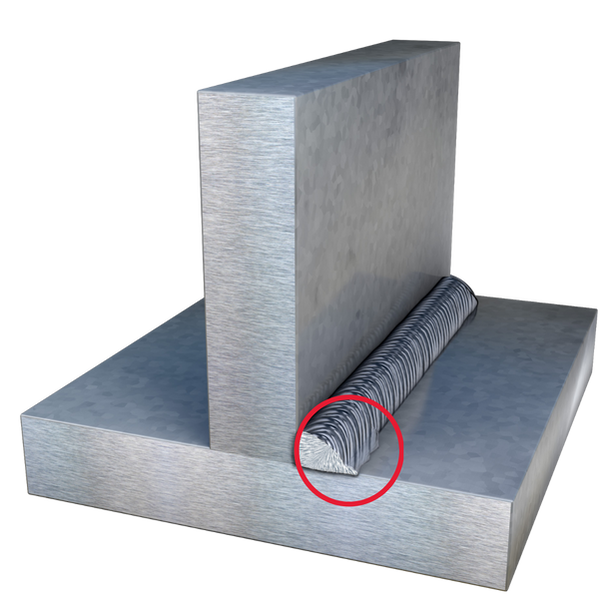Exactly How to Prevent Weld Undercut: Crucial Tips for Welders
Exactly How to Prevent Weld Undercut: Crucial Tips for Welders
Blog Article
Understanding the Art of Welding: How to Prevent Undercut Welding Issues for Flawless Construction Outcomes
By recognizing the origin triggers of undercut welding and implementing effective strategies to prevent it, welders can boost their craft to new degrees of quality. In the quest of remarkable construction outcomes, grasping the art of welding to avoid undercut problems is not just an ability however a necessity for those making every effort for excellence in their work.
Understanding Undercut Welding

To prevent undercut welding, welders ought to make sure proper welding parameters, such as adjusting the present, voltage, travel speed, and preserving the right electrode angle. By recognizing the causes of undercut welding and carrying out preventative measures, welders can achieve top quality, structurally audio welds.
Root Causes Of Undercut in Welding
Comprehending the variables that add to undercut in welding is necessary for welders to produce top notch, structurally audio welds. Inadequate welding wrong or existing welding speed can also contribute to damage. Recognizing these reasons and carrying out correct welding strategies can aid stop undercutting problems, making sure solid and resilient welds.
Methods to Prevent Undercutting

To alleviate the danger of undercutting in welding, welders can use critical welding methods aimed at boosting the high quality and stability of the weld joints. In addition, making use of the right welding technique for the specific joint arrangement, such as weave or stringer beads, can add to minimizing undercutting.
Utilizing back-step welding strategies and regulating the weld bead profile can likewise assist disperse warmth equally and minimize the risk of undercut. Routine assessment of the weld joint throughout and after welding, as well as applying top quality assurance measures, can aid in resolving and detecting undercutting issues promptly.
Significance of Proper Welding Parameters
Selecting and maintaining appropriate welding parameters is important for achieving successful welds with marginal issues. Welding criteria describe variables such as voltage, present, travel speed, electrode angle, and securing linked here gas circulation rate that directly impact the welding process. These criteria have to be very carefully changed based on the kind of product being bonded, its density, and the welding technique employed.
Correct welding specifications ensure the correct amount of warm is put on thaw the base metals and filler product evenly. If the criteria are established expensive, it can result in too much warmth input, triggering spatter, burn-through, or distortion. On the various other hand, if the parameters are also low, insufficient combination, absence of penetration, or damaging may happen.
Quality Guarantee in Welding Operations

Verdict
Finally, understanding the art of welding calls for a detailed understanding of undercut welding, its reasons, and methods to avoid it. By guaranteeing proper welding parameters and implementing top quality guarantee methods, perfect construction results can be attained. It is crucial for welders to continually make every effort for quality in their welding operations to avoid undercut concerns and create top notch welds.
Undercut welding, an usual flaw in welding procedures, happens when the weld metal does not correctly load the groove and leaves a groove or clinical depression along the welded joint.To protect against undercut welding, welders must guarantee appropriate welding parameters, such as changing the current, voltage, travel rate, and preserving the appropriate electrode angle. Insufficient welding present or inaccurate welding rate can additionally add to damage.To alleviate the risk of damaging in welding, welders can use critical welding methods intended at enhancing the high quality and honesty of the weld joints.In conclusion, grasping the art of welding calls for a detailed understanding of undercut welding, its causes, and methods to stop it.
Report this page